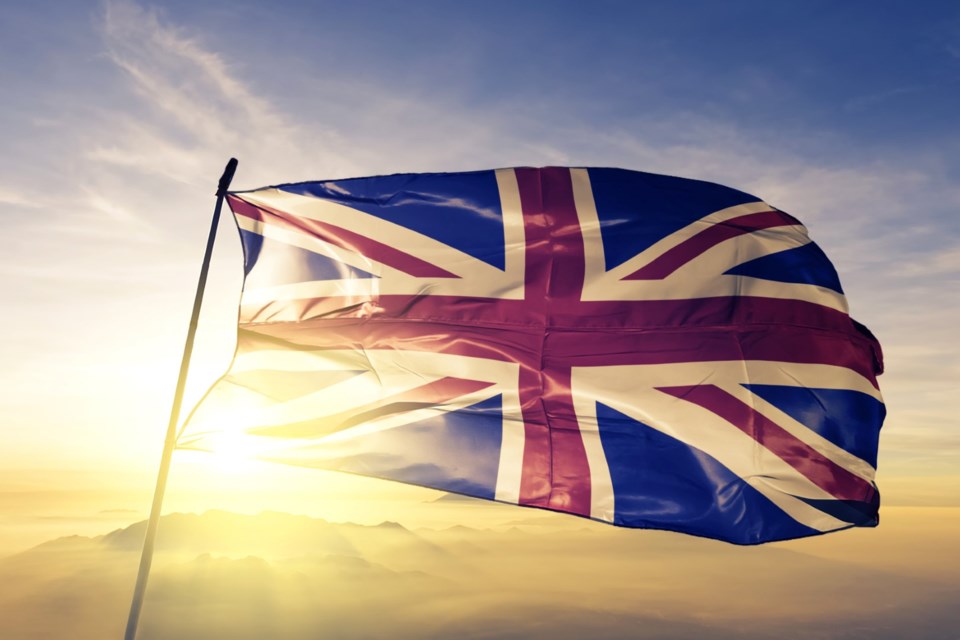WESTERN PRODUCER — With any luck, we’ll be done with what we could call the “harder-faster recession” by the time we’re drinking April wine.
If we can get through what now looks like an inevitable recession by then, there’s a chance we’ll avoid killing the commodity bull market that has helped make these last couple of years a fun ride.
It will all depend upon how brutally this Zeppelin returns to earth. Will it gently land, come down in flames, or slam down like a lead balloon? We’ll all soon know, well before next seeding time.
Central banks around the globe are jacking up interest rates, with enormous 75 basis point cranks in countries such as Canada and the United States, desperate to show they haven’t allowed inflation to permanently take flight, and they’re trying to lash down inflation expectations before they become — in econo talk — untethered.
In the United Kingdom, the Conservative government of Liz Truss sparked a currency crisis and sent shudders through the world’s derivatives markets after the hapless and clueless new British prime minister decided that the answer to too much inflation was tax cuts and much more deficit-financed government spending.
While economically absurd, Truss’s policy does keep her in line with the parade of dunces that has led the U.K. since David Cameron became prime minister, with each subsequent leader apparently attempting to outdo their predecessor.
Boris Johnson seemed a tough clown to out-Bozo, but Truss did it in less than a month. Imagine that.
While the crisis in the British pound might appear to have been country-specific, it sent jitters through the world’s financial system.
Truss’s spend-and-borrow-like-crazy approach to inflation has been described as “the policy error of the decade,” but perhaps central banks are creating the “policy error of the era” by ratcheting up interest rates so high, so fast. It seems a policy that ignores historical patterns and any sort of practical assessment of the present economic situation.
After all, today’s inflation appears to have been created by supply-side shocks caused by the pandemic. Demand hasn’t gone crazy, but supplies have fallen to critically low levels, so prices are rising.
I’ve experienced some of this myself. My car was T-boned in an accident in March. It wasn’t huge damage, but lots of body work had to be fixed. It took four months to get it into the shop due to parts stranded in China and lack of labour at the body shop. Then there was another six-week delay because more parts had to be brought in. I got the vehicle back in late August.
That’s not a demand side problem. However, it still makes sense to cool off demand because it’s the only way we can reduce stress on the system. Even though demand isn’t the problem, it can be part of the solution.
Unfortunately, that probably means we need a recession to allow things on the supply side to catch up. The theory is if we go harder-faster now on interest rate increases, maybe we can keep the final rate lower than adopting a slower-later approach would bring.
However, we’re also running into a familiar pattern that has central banks raising interest rates way too late, then raising them way too high. They have done this time and again, every time their credibility is called into question.
Instead of a gradual approach, the central banks are guessing that there isn’t time to go low and slow with interest rate increases.
If we get lucky, we’ll soon get a “soft landing,” which is a semi-mythical place in which inflation abates as employment returns to manageable levels, interest rate increase plans can be abandoned and everything works out just ducky. No recession here. Move along.
If we get lucky, the recession will last for two to three quarters of a year, which means we’ll have a bad winter, but we’ll be coming out of it by next spring or summer.
If we get unlucky, we’ll suffer something like 1991-93 or 1982-83 and spend a lot of time looking backward to today and the decisions governments and central bankers are making.
For farmers this matters not so much in terms of the cost of borrowing money or physical demand for the food products that most produce but because of the impact on commodity markets, upon which most of the price of crops and meat is based.
A good portion of today’s inflation is due to the enormous surge in commodity prices that has occurred since the pandemic began lifting a year ago.
When the cost of everything that goes into everything else goes up, costs increase. Much of that increase is due to the same factors that hit the world’s economy. Production was shut down, supplies fell, transportation got gummed up, prices rose.
Today’s interest rate surge is already chilling those prices, with most falling by double digits in the past couple months. How much more will they fall?
That will have a lot to do with how successfully central banks manage to shut down inflation without causing a deep recession.
Is harder-faster the way to go? For central banks, the answer is a resounding “yes,” and we get to live in the future they are creating.
While central banks seem to be chanting “I like to rock,” we can only suggest that they do it well.

